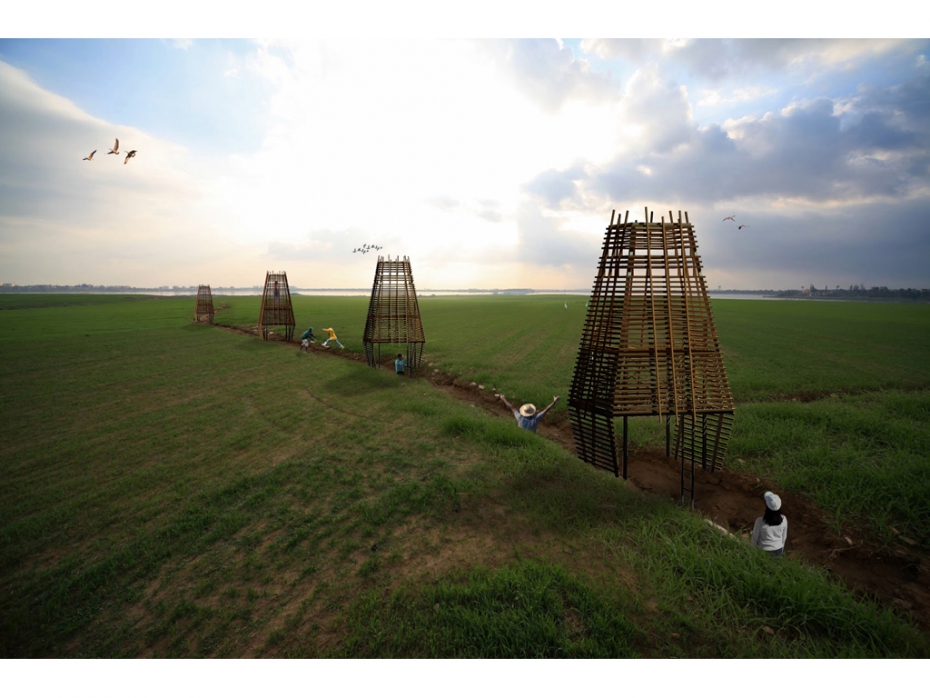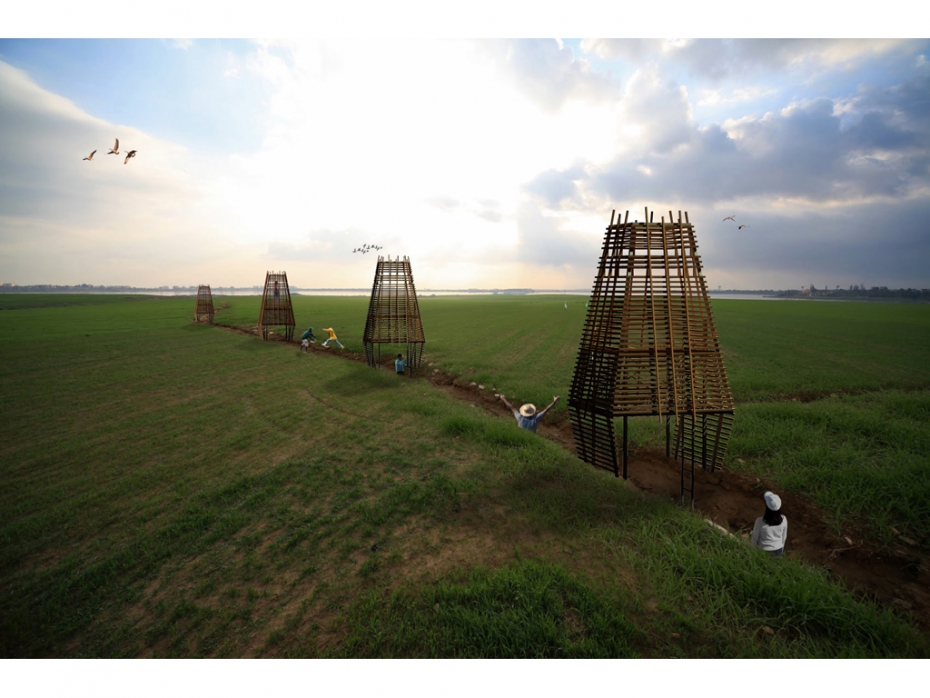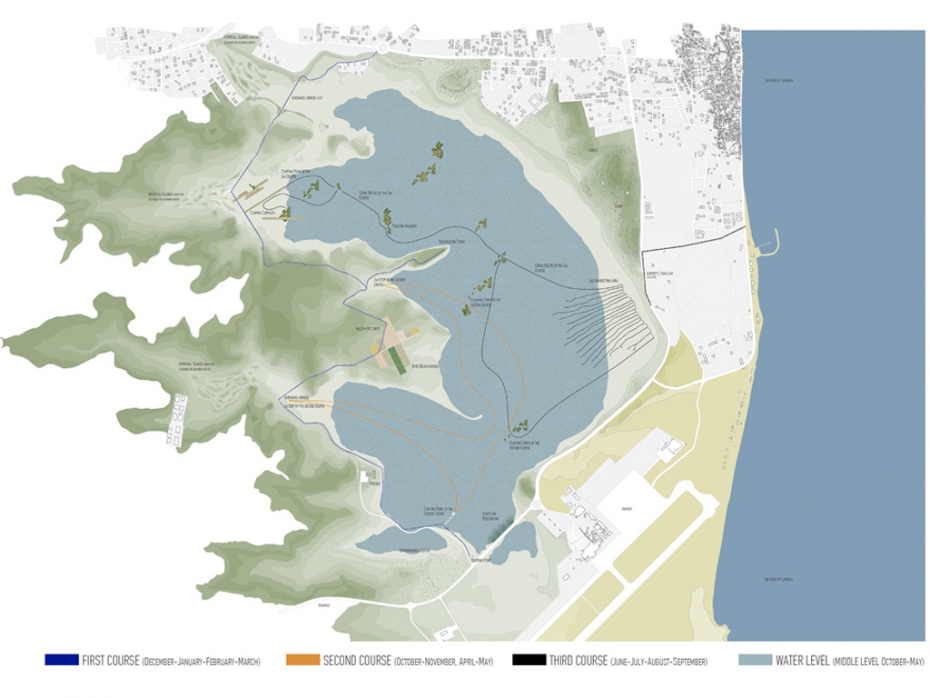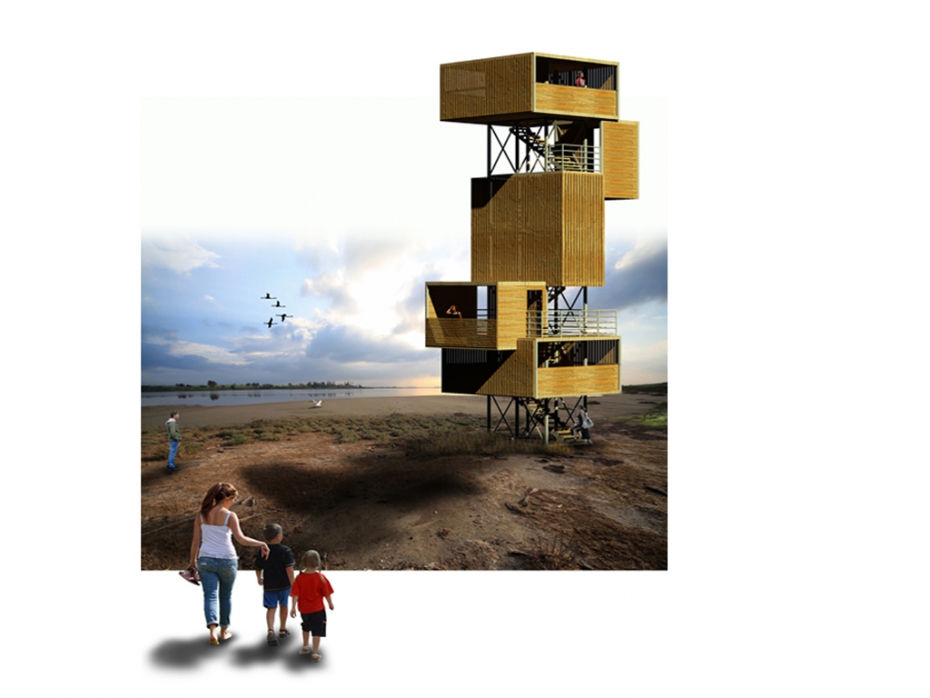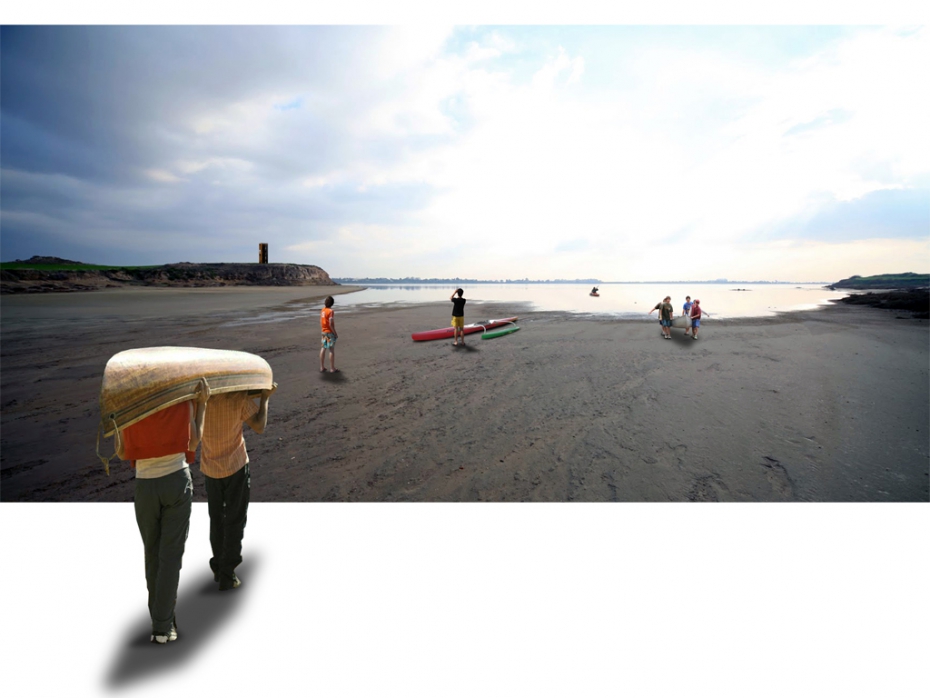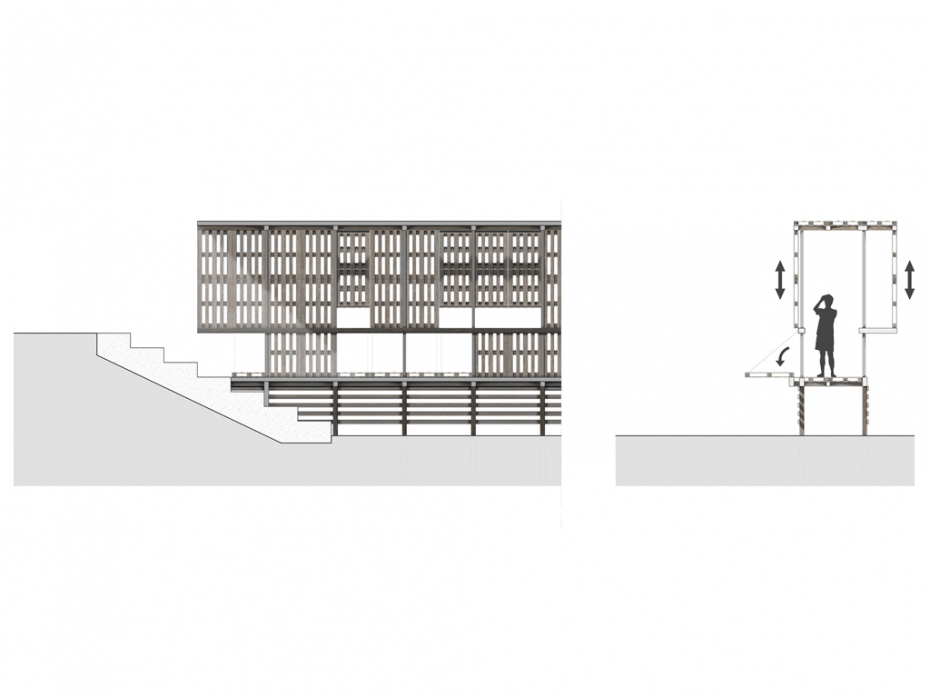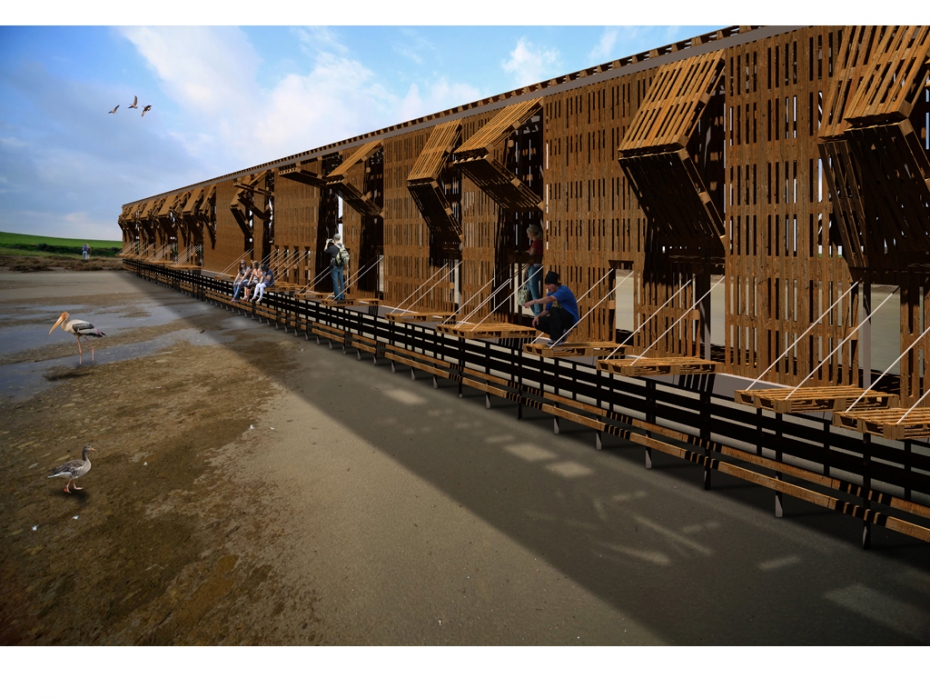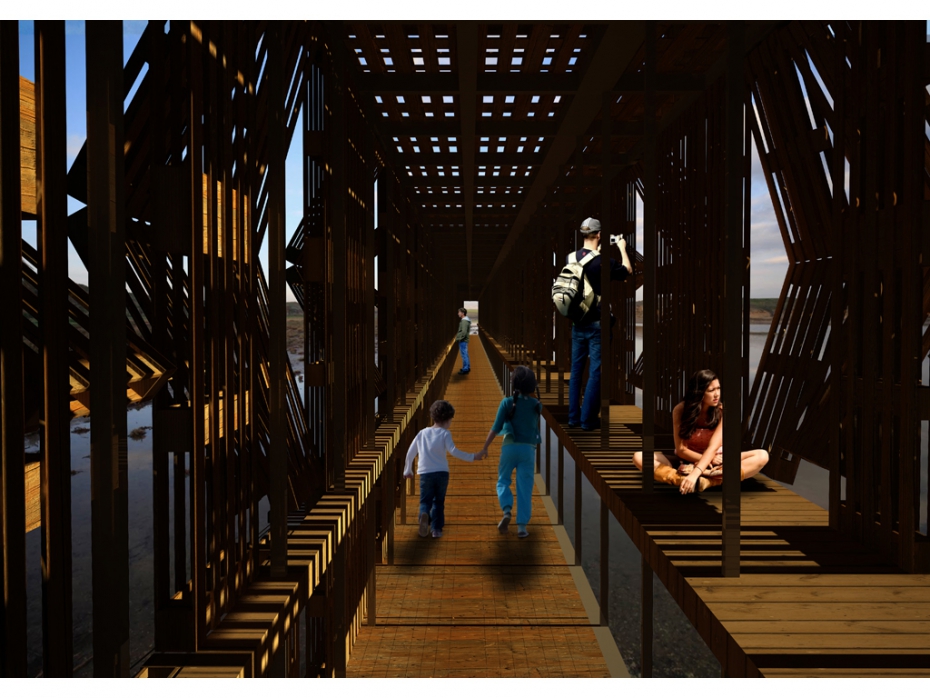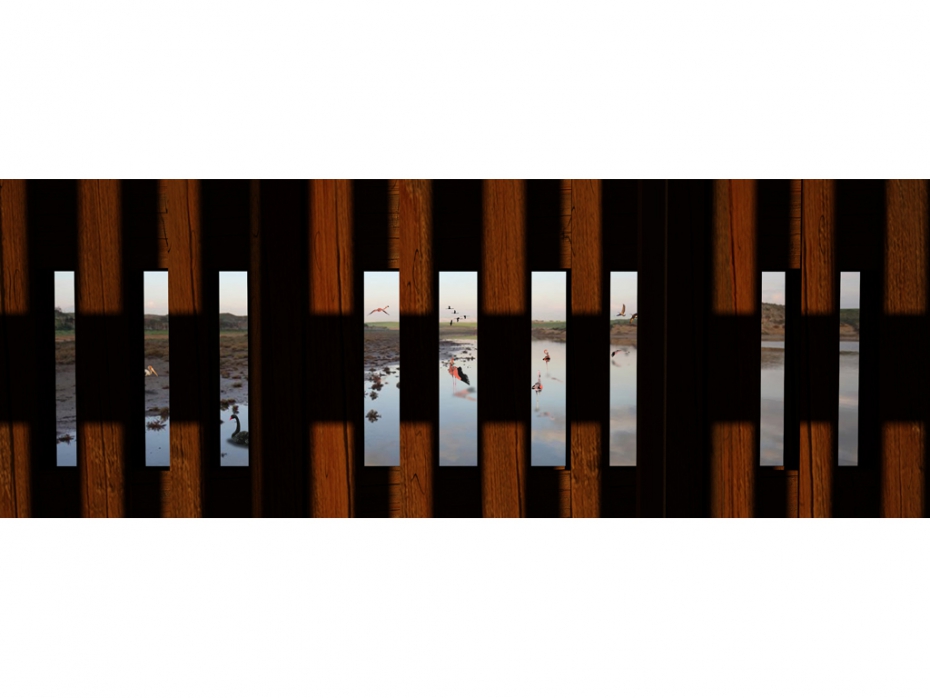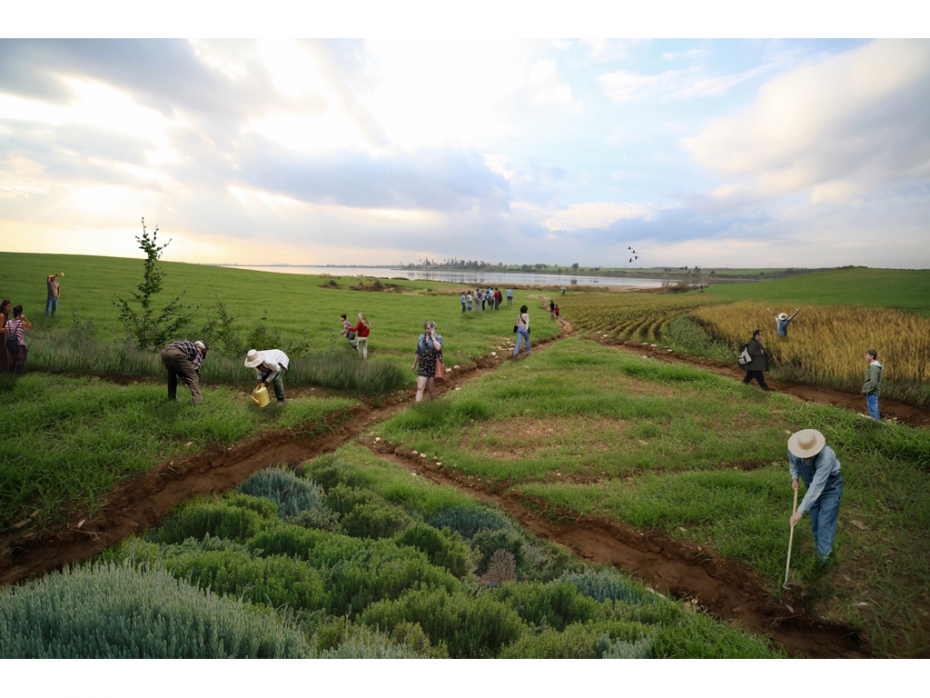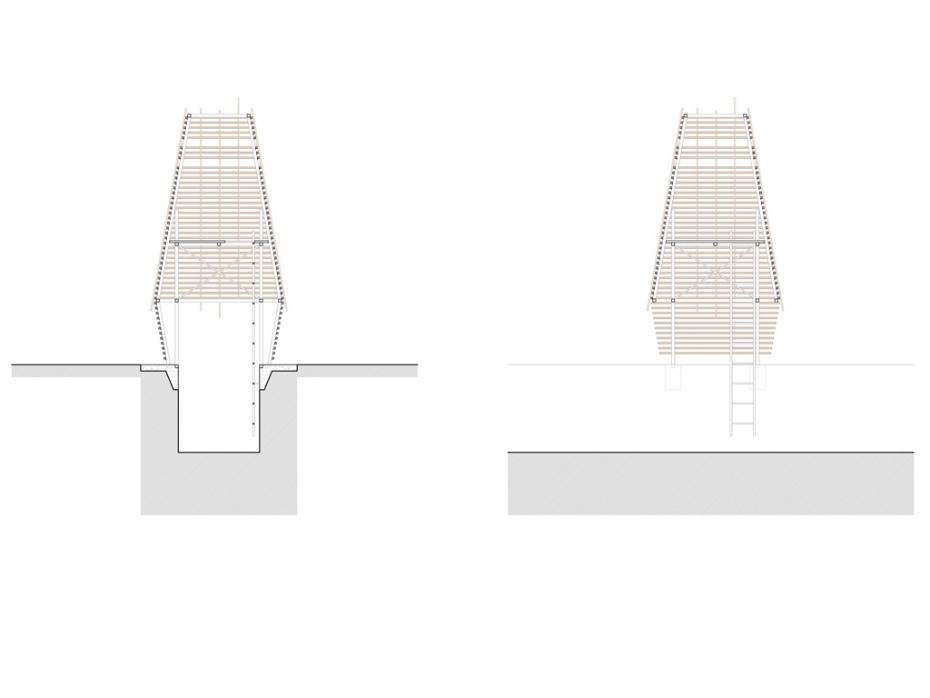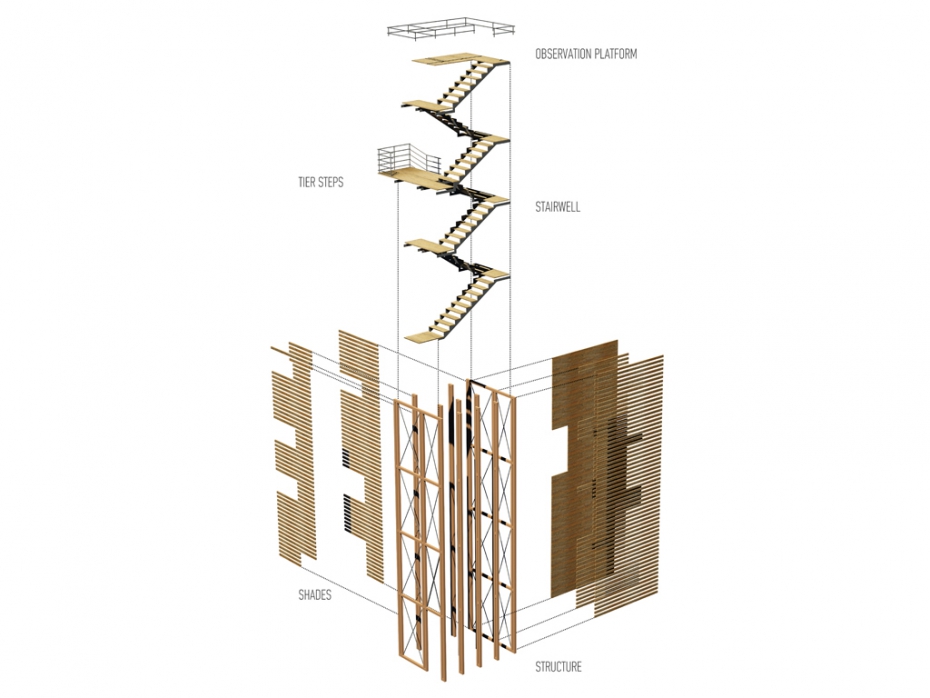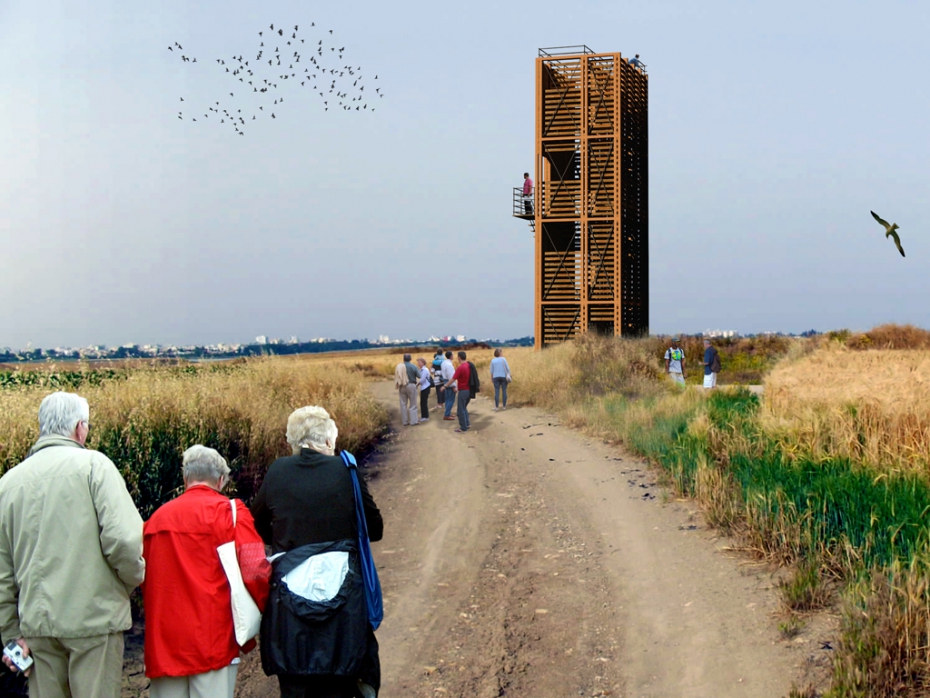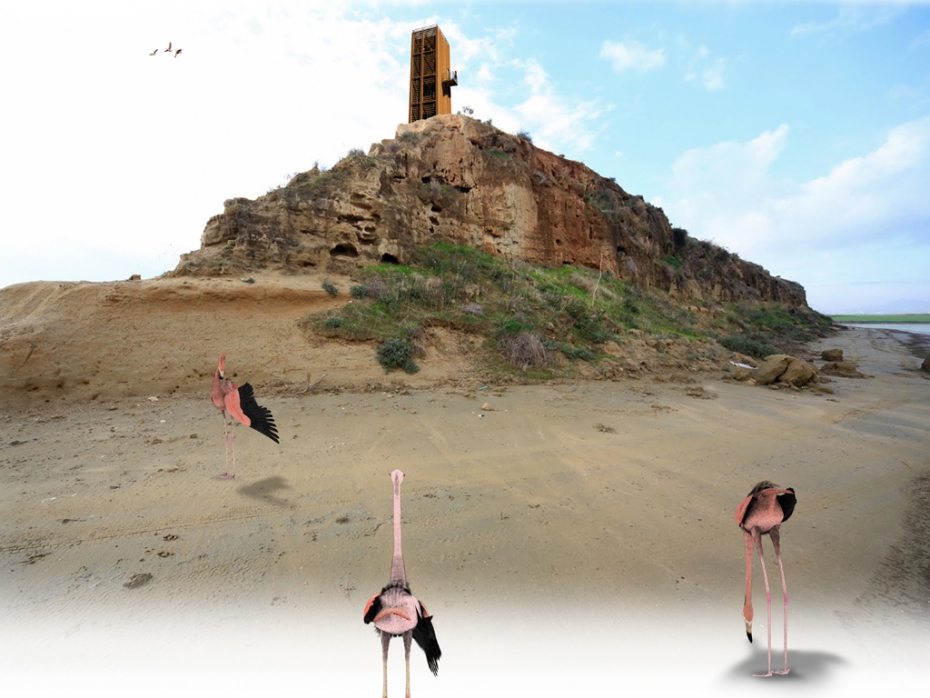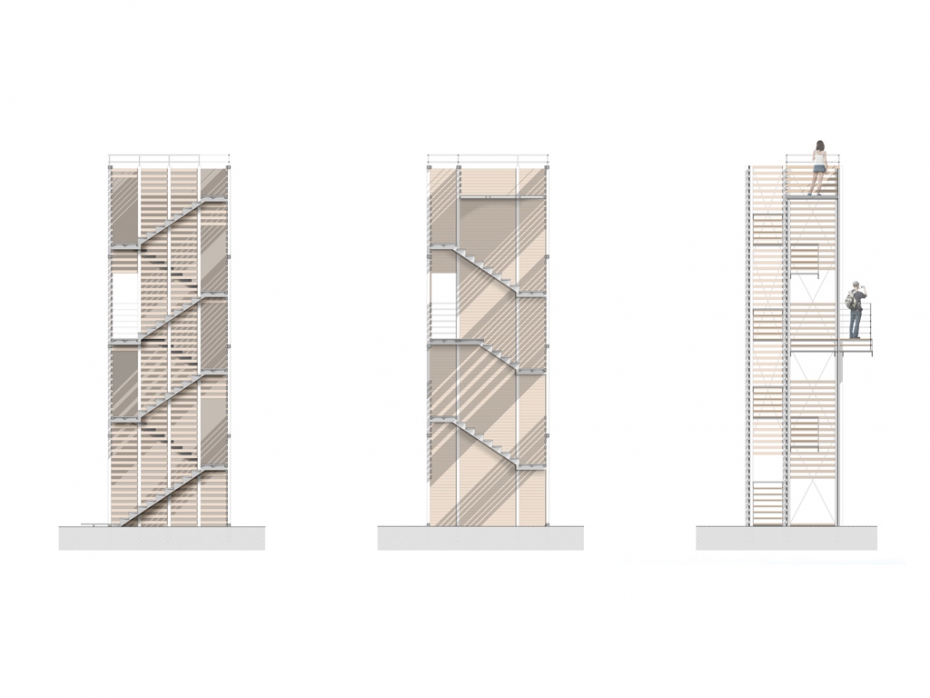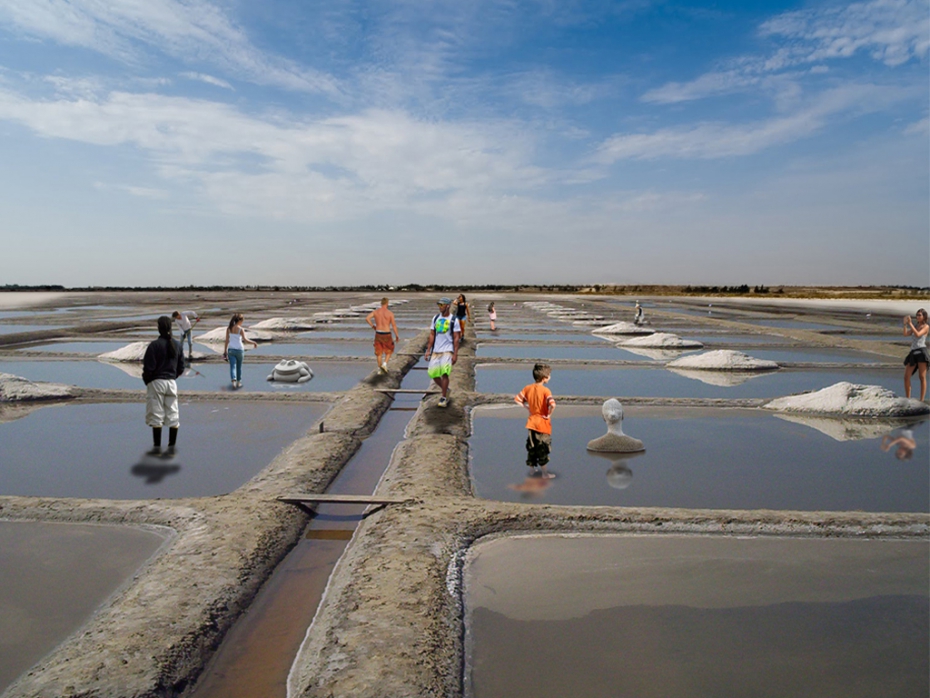Thesis' Defence at the Department of Architecture, Univ. Patras: June 2012
"Network of Point Interventions at Larnaca Salt Lakes "
Because Larnaca Salt Lakes are not a colony of migratory birds, but just a stop, time is divided into 3 periods. The first period runs from December to March, the second from April to May and from October to November. The third from June to September. Characteristic of the first period is the large amount of water and the existence of migratory birds. The second is characterized by the presence of water without the existence of migratory birds and the third period is characterized by the presence of water for a short period of time and the appearance of
salt. A common feature of all three periods is the fact that people seem to be undesirable as there is no proper access to the habitat. The proposal, by maintaining the characteristics of the 3 periods and through 3 seasonal routes, aims to make people compatible with the habitat.
The proposal is a combination of three seasonal routes which take into account the characteristics of each period and lead the visitor to important points for each season. The 1st route, which is the longest route, is active during the time period between December and March, while one part of the route is active during the summer. This period is characterized by a great concentration of birds, so the route is focused on birdwatching. The 2nd seasonal route is active for the period between October to November and April to May and can be done by water since the absence of birds during these months allows the entry of man into the water. The 2nd route comprises 2 main stops that lead the visitor towards the non migratory birds. The 3rd seasonal route is revealed due to the evaporation of water. It is active from June until September and is an extension of the 1st route. The path is formed within the water basin by placing stones and is revealed during the summer season, the season of salt harvesting. So this is the route that leads to the salt flats, where people can watch the revival of saltharvesting.

